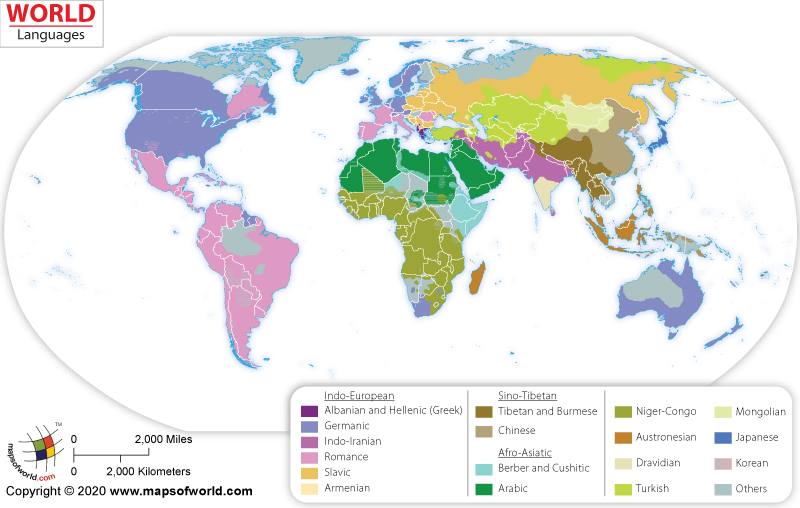This week's lab was all about getting acquainted with Adobe Illustrator and how it can be used to put finishing touches on maps created in GIS and edit map layouts. I've only ever exported/printed maps directly from GIS, so this was a new experience. Figuring out how to use Illustrator has been challenging, but there's so much you can do with it!
Below is my finished map. The base map was created in ArcGIS from data provided, and I used Adobe Illustrator to adjust the colors, as well as the transparency of the water features so that county boundaries are visible underneath, to change the city symbols (using a find/replace script also provided for the class), to label some of the cities, to edit the legend, to resize the map (along with its scale bar, of course!), and finally to add images, various text elements, and a background color and to finalize the layout.




